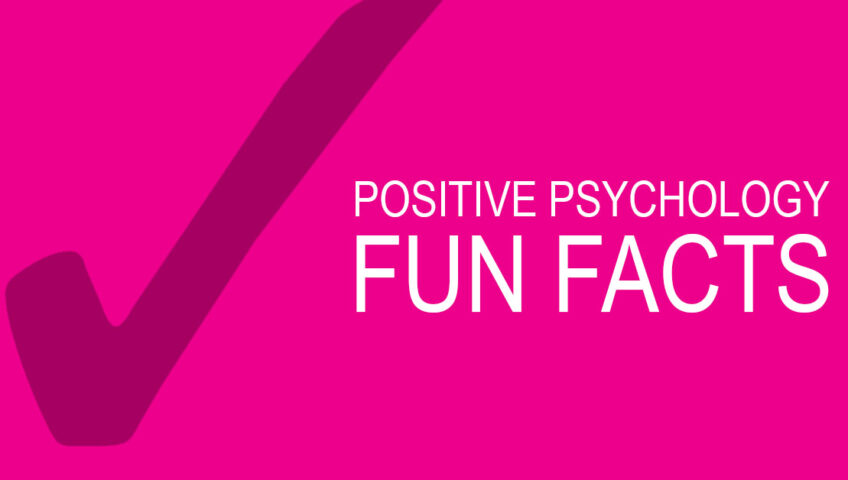Many people think mindfulness is the same as meditation. However, this isn’t altogether accurate. Positive psychology trainers define mindfulness as a state of focused attention. This state can occur any time you focus on the here-and-now. Meditation, on the other hand, is a formal practice in which various techniques are used to consciously direct attention. Mindful attention exercises are often used during meditation – which is why the two terms are used interchangeably by many people.
In the human resources field, there’s increasing interest in using mindfulness techniques to boost employee wellbeing. This is because the benefits of mindfulness are well researched. They include reduced stress, improved creativity, greater problem-solving ability and improved immune function. Accessing these benefits does not mean you have to take up a formal practice – such as mindfulness meditation. It can be as simple as doing one thing at a time and allowing yourself to fully focus on each task. Why not get some advice from a positive psychology trainer about practical ways to boost your mindfulness? It will benefit you and the people you work with.
About the author of this fun fact:
Eleanor is a master trainer and coach. She trains savvy professionals in a range of sectors – including higher education, health, finance and local government – in the use of positive psychology tools and techniques. Eleanor is the author of the Positive Psychology Toolkit for HR and L&D practitioners. She runs specialist training for facilitators and trainers, as well as delivering customised training for corporate teams.
